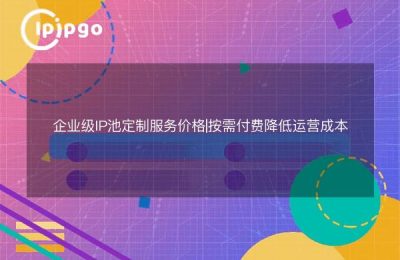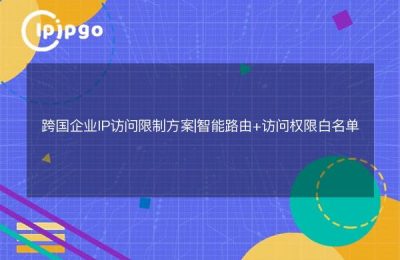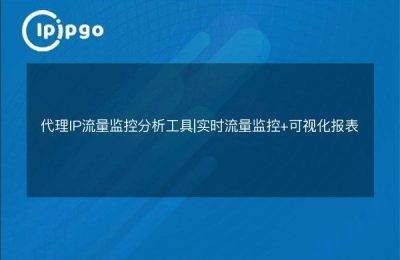
Today, the old iron children must be especially looking forward to it! I'm going to tell you what is called multi-ip multi-process proxy. This is a big thing, let's take a look!
summarize
First of all, let's popularize the concept of proxy. Proxy ah, in fact, is a server, which acts as a middleman between the user and the target server. Multi-ip multi-process proxy, as the name suggests, is the use of multiple ip addresses and multiple processes to carry out proxy operations.
The use of multiple ip addresses and multiple processes can greatly improve the success rate and speed of the proxy, especially for some occasions that require frequent proxy changes.
Now, let's take a look at the specific implementation of the multi-ip multi-process proxy!
Using proxy ip
First of all, as the basis of multi-ip multi-process proxy, we need to prepare some proxy ip first. these proxy ip can be purchased, free to get or other channels to get.
Then, we can implement proxies with the help of some third-party libraries. For example, Python has libraries such as requests, urllib, etc., which make it easy to set up proxies.
Here is a simple example code using proxy ip:
import requests
proxies = {
'http': 'http://ip1:port1',
'https': 'http://ip2:port2'
}
response = requests.get('https://www.example.com', proxies=proxies)
print(response.text)In this sample code, by setting the proxies parameter, we can make the requests library access the target website through the specified proxy ip.
multiprocessing agent
Next, let's talk about multiprocessing agents. In Python, we can use the multiprocessing library to implement multi-process operations. The implementation principle of multiprocessing proxy is actually very simple, is to create multiple processes, each process uses a different proxy ip to access.
Below is sample code for a simple multi-process agent:
import requests
from multiprocessing import Pool
def get_url(url):
proxies = {
'http': 'http://ip1:port1', 'https': 'http://ip1:port1'
'https': 'http://ip2:port2'
}
response = requests.get(url, proxies=proxies)
print(response.text)
if __name__ == '__main__': urls = ['', '', ''].
urls = ['https://www.example1.com', 'https://www.example2.com', 'https://www.example3.com']
pool = Pool(processes=3)
pool.map(get_url, urls)
pool.close()
pool.join()In this sample code, we create a pool of processes, and then use the map function to assign multiple urls to different processes to access. Each process uses a different proxy ip to access the target website, thus realizing the function of multi-process proxy.
To summarize, multi-ip multi-process proxy can be said to be a pretty powerful technology. It can improve the success rate and speed of the proxy to a certain extent, and is suitable for some occasions that require frequent proxy changes. I hope that in the process of using it, we will try more and more to summarize the experience, I believe there will be unexpected gains!








